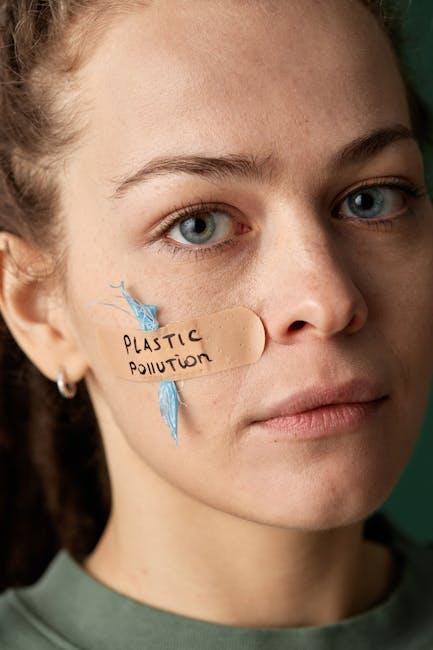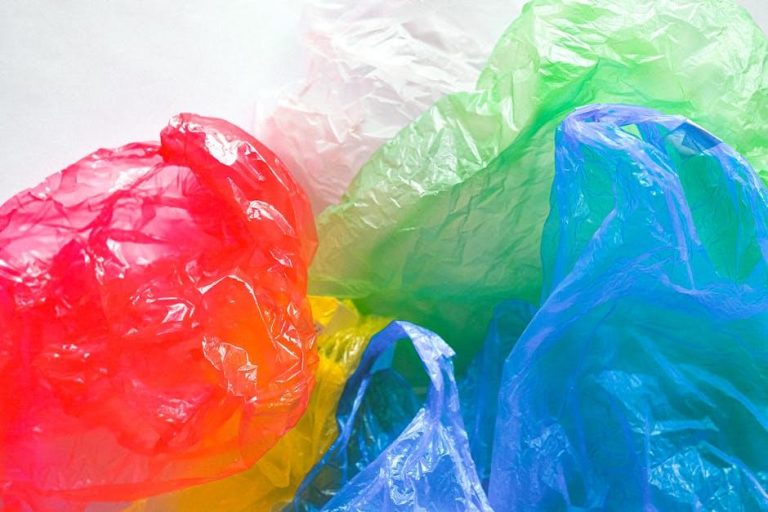
The Unseen Perils of Oral-Care Products Generated Micro/Nanoplastics on Human Health – ScienceDirect.com
Microplastics and nanoplastics are becoming increasingly recognized as hidden contaminants in our everyday lives. Among various sources, oral-care products such as toothpaste, mouthwash, and exfoliating brushes have emerged as significant generators of micro/nanoplastics. While these tiny particles might seem innocuous due to their size, emerging scientific research published on ScienceDirect.com points to potential risks these plastics pose to human health. This article will delve deep into the unseen perils of micro/nanoplastics originating from oral-care products, highlighting scientific findings, health implications, and practical advice to protect yourself.
What Are Micro and Nanoplastics in Oral-Care Products?
Microplastics are plastic fragments smaller than 5 millimeters in size, while nanoplastics are even tinier, often less than 100 nanometers. These particles are intentionally or unintentionally added to various consumer products, including oral-care items.
- Microbeads: Tiny plastic spheres once commonly found in toothpaste and exfoliating scrubs for abrasive cleaning effects.
- Plastic fibers and fragments: Shed from toothbrush bristles or packaging materials.
- Nanoparticles: Engineered nanomaterials sometimes incorporated for antibacterial properties or texture enhancements.
How Oral-Care Products Generate Micro/Nanoplastics
Daily usage and disposal of oral-care products contribute to micro/nanoplastics in multiple ways, including:
- Toothpaste abrasives: Traditional toothpastes contain synthetic microbeads or plastic powders to aid cleaning, which shed during brushing.
- Toothbrush bristles: Plastic bristles degrade and fragment with repeated use and pressure applied in the mouth.
- Packaging and caps: Improper disposal and breakdown contribute to fragmentation into microplastics.
The Science Behind Micro/Nanoplastic Toxicity and Human Health
According to recent peer-reviewed studies hosted on ScienceDirect.com, micro and nanoplastics generated from oral-care products can enter the human body primarily through ingestion and potentially through mucosal absorption in the oral cavity.
Potential Health Risks Include:
- Inflammation and cellular damage: Plastic particles can elicit inflammatory responses locally in the oral mucosa and more systemically once absorbed.
- Endocrine disruption: Chemicals used as plasticizers and additives can interfere with hormonal systems.
- Toxic compound delivery: Microplastics can adsorb harmful environmental toxins and pathogens, acting as vectors.
- Immune system modulation: Chronic exposure may alter immune responses leading to allergies or autoimmune issues.
Scientific Case Study: Microplastic Exposure From Toothpaste
A 2022 study published on ScienceDirect examined the prevalence of microplastic beads in various commercial toothpaste brands worldwide. Highlights include:
| Toothpaste Brand | Microplastic Content (particles/g) | Source of Plastics |
|---|---|---|
| Brand A | 1500 | Microbeads |
| Brand B | 800 | Plastic abrasives |
| Brand C | 50 | Natural exfoliants |
The findings suggested that some popular products still contain significant amounts of microplastics, contributing to both environmental pollution and direct human exposure.
Benefits and Practical Tips to Minimize Exposure
While oral hygiene is vital, you can take practical steps to reduce micro/nanoplastic exposure without compromising health:
- Choose plastic-free or natural products: Opt for toothpaste and mouthwashes labeled microplastic-free or with natural abrasives like baking soda or silica.
- Use bamboo or silicone toothbrushes: These alternatives shed fewer plastic fibers.
- Recycle and dispose responsibly: Properly recycle packaging materials and avoid litter to reduce environmental plastic breakdown.
- Check ingredient lists: Avoid products listing polyethylene (PE), polypropylene (PP), or polyethylene terephthalate (PET) microbeads.
Table: Quick Guide to Safer Oral-Care Product Ingredients
| Ingredient | Risk Level | Comments |
|---|---|---|
| Polyethylene (PE) | High | Common microplastic in abrasives |
| Silica | Low | Natural, safer abrasive |
| Polypropylene (PP) | Moderate | Used in bristles and plastic fragments |
| Baking Soda | Low | Safe natural alternative for cleaning |
Firsthand Experiences & Expert Opinions
Consumers increasingly report concerns about plastic particles in mouthfeel and packaging waste. Dental experts recommend staying informed about product formulations and encourage manufacturers to adopt safer materials.
“Awareness about microplastics in dental care is crucial. Choosing natural formulations is a win-win for health and the environment.” – Dr. Emily Harper, DDS
Conclusion: Taking Charge of Your Oral and Overall Health
Micro and nanoplastics generated by oral-care products are an unseen but tangible health threat backed by mounting scientific evidence. By understanding the sources and risks, you can make informed choices to minimize exposure. Switching to plastic-free toothpastes, eco-friendly toothbrushes, and responsibly disposing of oral-care waste can contribute to safeguarding both your health and the planet.
Stay updated on evolving research by following trusted scientific platforms like ScienceDirect.com, and prioritize oral hygiene products that align with your health and environmental values.


